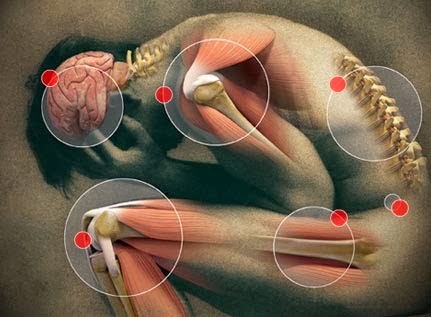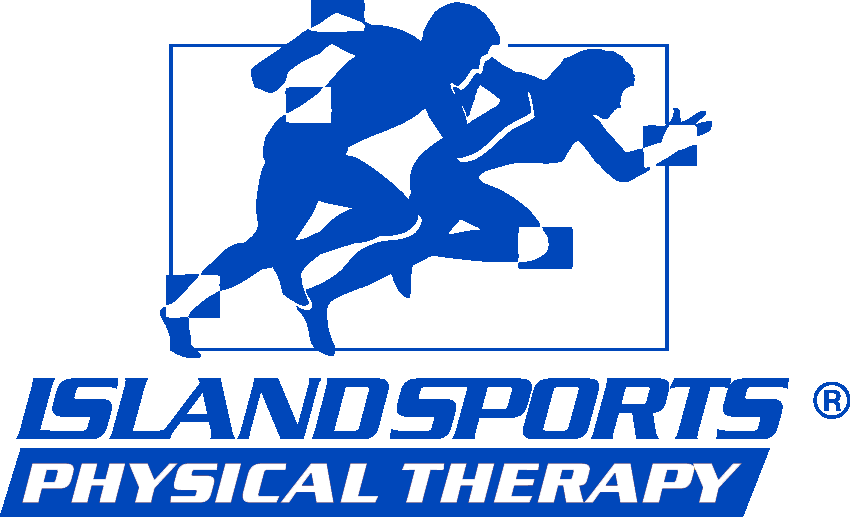
Total Joint Replacement and How Physical Therapy Can Help
As you get older, you might need a total joint replacement in your hip or your knee, which will require surgery and physical therapy to help get you back on your feet and moving freely and independently. Physical therapy is an essential medicine that will get your muscles and joints moving and strengthen them as well. If you need this kind of surgery, you may be apprehensive at first, but a good physical therapist you will help you get back on your feet in your normal routine within several months. The process is not overnight, though, and is why sticking to your exercises and listening to your physical therapist is important in your recovery.
You will most likely start physical therapy shortly before the surgery so they can help familiarize you with the exercises you will be doing post surgery and to make sure you know how to perform them properly so you can train on your own as well. A physical therapist will help the patient learn to walk with crutches for after the surgery, will teach them how to adapt at home, and will warn them about possible precautions and movements to avoid. These preparations are common for total joint replacements, such as a total knee replacement (TKR). If you are in good physical shape prior to the surgery, it is better for you as you adjust to physical therapy and the various exercises to help you regain movement and strength.
Your physical therapist will help you practice walking in short distances after surgery, and continuing practice with a cane or crutches. After a surgery such as a total knee replacement, patients will usually go home after two or three days. Patients have to learn safe movements getting into and out of bed, and sitting down and getting up. Physical therapy will continue to train patients with exercises focused on flexibility. Your activity level should be increased after the surgery and moving on to exercises such as stairs with help push your body. One of the main goals by discharge is to have 90 degrees range of motion in the joint that you had the surgery, and will be taking less pain medicine once you leave the hospital.
If you remain on the schedule your physical therapist has given you, and you are practicing out exercise regularly, you will see a dramatic improvement in several weeks after physical therapy, and hopefully, you will be able to walk again on your own if you had a total knee replacement. Further exercises as you progress would be using a stationary bike to stretch your muscles and have further movement, partial joint bending, practice sitting up and standing, and step ups. If you progress enough, you will be encouraged to return to daily activities and regular exercise but avoid collision or impact based activity such as running, skiing, or basketball. Without a physical therapist and proper training, you would really be left to yourself to practice exercises and walking again. You could further injure yourself if you don’t know what you are doing, physical therapists are there to help you and keep you safe.

Physical Therapy for Chronic Pain
Chronic pain is something that 100 million Americans deal with on a day-to-day basis. Chronic pain takes it’s toll on you both mentally and physically over time whether the injury was due to an accident or ageing. Chronic pain affects an individual’s mobility as the pain in which they suffer in acts almost as a disease itself and can prevent you from doing daily activities that many take for granted. The symptoms of chronic pain can lead to depression and anxiety as many cannot interact with others in the ways they would like also making it difficult to participate in the activities in which they wish.
Physical therapy can help if you suffer from chronic pain. Physical therapy for chronic pain is designed to help strengthen your muscles and relieve any tension or stiffness so that your body parts may work better together and have more support when relying and putting weight on certain areas. The physical therapist may use heat to loosen your muscles or ice to reduce inflammation and both the beginning and the end of each session. As licensed professionals, physical therapist’s care about your well being and will go the route which will lead you to the greatest success.
The physical therapist often designs a custom program that targets different parts of your body with exercises and stretches that work best for each patient. As chronic pain is classified as something that lasts more than six months, physical therapy is something the patient may have to stick with weekly and sometimes even daily depending on the severity to help make life and activities easier. Chronic pain is something you don’t have to curl up and accept as a fate as there are ways to manage and fight it. Physical therapy is a great option to consider if you are experiencing chronic pain and would like to get back to doing the activities you love to do!
Physical Therapy and Controlling Blood Pressure
Physical therapists work their hardest to ensure you live life to the best of your ability when faced with pain or injury. Your vitals will help your physical therapist determine a correct evaluation of your condition or injury as well as determining the type and amount of care you need.
Fear not if you are one of the 75 million Americans dealing with high blood pressure as it can be controlled and prevented. It is advised to seek help from your primary care doctor as well as a physical therapist if you have high blood pressure. Your risk for high blood pressure increases as you get older. Exercise can make a big difference as it can help get your blood pressure under control if it is already high, but this does not necessarily mean you have to join a gym or run until your heart and lungs feel as if they are about to burst. As long as your routine involves keeping your muscles active, you do not need to go all out, especially if you are older.
Physical therapists create exercise routines that help target the problem you face. Each activity provided by a physical therapist is designed specifically for you. Regular physical activity makes your heart stronger (with less effort needed to pump your blood) and blood vessels more flexible. A stronger heart and more relaxed arteries require less work to pump blood throughout your body and lowers your blood pressure.
You can reduce your high blood pressure by becoming more physically active. Regular exercise is enough for many people to reduce the need for blood pressure medications completely. Exercising also helps in maintaining a healthy weight. It may not be ideal to drop 30 pounds in two weeks (although many of us would like to), but considering weight management will also help to reduce high blood pressure. We all want to stay as healthy as possible in order to live a happy and healthy life, so consider contacting a physical therapist so you do not have to take on the stress alone!
Proper Lifting Techniques
Maintaining a healthy back is essential in preventing injuries and can assist in overall healthier life. You face a higher risk of damaging your back if you are required to lift things regularly and inexperienced lifters can face injury if they are not aware of the proper ways to lift things safely.
Sliding a heavy object would be ideal when it comes time to move it. but if this is not an option, there are some necessary rules to follow when lifting in order to prevent injury. Always start with your feet shoulder-width apart and make sure there is a firm base of support with one foot slightly in front of the other. Bending only at your hips, squat down to retrieve the object while keeping your back straight and facing straight ahead. Straighten your hips and knees while slowly lifting the object and keeping your back straight as well. Instead of twisting your body to change directions, use your feet and lead with your hips to change direction while taking small steps. Remember, if you need to put the object down, squat with your knees and your hip.
You should never bend forward when lifting or placing an object down as it can cause strain to your back. Before lifting, it is advised to know your own body’s limitations. Do not lift more than you think your body can handle and make sure to stretch first before putting any hard work on your back. If there is a repetitive amount of heavy lifting, there should be enough recovery time between each lift to ensure safety and recovery.
Being able to lift objects properly is essential in staying safe and maintaining a healthy back. It is easy to learn the correct way to lift and even easier to implement it into everyday life in order to prevent back injuries.
Proper Stretching Techniques
Stretching before and after a workout is critical to injury prevention and muscle growth but the wrong or incorrect type of stretching can have an opposite effect.
Dynamic and static stretching are the two major types and are both integral to muscle health and an active lifestyle. It is recommended to perform 5-10 minutes of dynamic stretching prior to a vigorous physical activity such as a workout or a chore such as raking leaves, shoveling snow, or gardening.
Dynamic stretching helps warm up the muscles and prepare them for the upcoming tasks. Your dynamic stretching can encompass all the major muscle groups or can focus on specific muscle groups you plan on using the most. If you plan on shoveling snow, for example, it is better to focus on upper body stretches. Some examples of dynamic stretches include lunges, side bends, arm circles, and half squats.
Static stretching was once thought to be better prior to activity, but modern research has shown it is better to do after an activity is completed. Static stretching is the stretching of muscle groups at rest. Slow stretches, such as toe reaches, head bends, and quadricep stretches, may feel great and loosen up your muscles, but they actually achieve the opposite and cool the muscles down. Static stretching prior to a workout or other physical activity can lead to injury, although static stretching does have its benefits with regards to muscle repair post-workout.
Incorporating dynamic and static stretching into your routine is essential for muscular and joint health. The key to optimal results, however, is to know the key differences as well as when to incorporate each type. If you have any questions on how to properly stretch, the physical therapists at Island Sports Physical Therapy are here to help.
- « Previous
- 1
- 2
